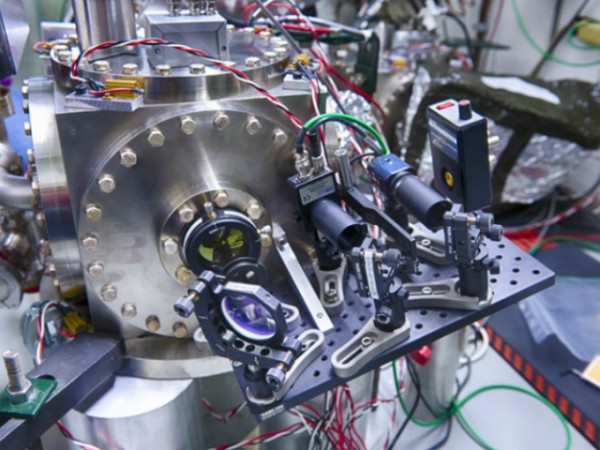Everybody knows the universe exists in three measurements, isn’t that so? Possibly not. For quite a while genuine physicists have been contemplating the apparently foolish plausibility that three-dimensional space is just a figment -and that we really live in a two-dimensional “visualization.”
Furthermore now researchers at the Fermi National Accelerator Laboratory in Illinois have dispatched an amazing analysis to show for the last time what kind of universe we live in.

“We need to discover whether space-time is a quantum framework much the same as matter is,” Dr. Craig Hogan, chief of Fermilab’s Center for Particle Astrophysics, said in a composed explanation. “In the event that we see something, it will totally change thoughts regarding space we’ve utilized for a large number of years.”
As per quantum hypothesis’ instability standard, its difficult to know both the exact area and the careful speed of a subatomic molecule. In the event that the same instability guideline applies to space and also to matter, space excessively ought to have inherent variances -a.k.a. “quantum jitter” or “holographic commotion,” as indicated by the announcement.
The 21 researchers included in the trial will search for the jitter with the assistance of a flawlessly delicate gadget known as a Holometer. It creates laser bars 200,000 times brighter than a laser pointer and, with the assistance of an optical procedure known as interferometry, measures jitter in the shafts as little as a couple of billionths of a billionth of a meter.
The holometer incorporates two interferometers in 6-inch steel tubes around 40 meters in length. Optical frameworks (not indicated here) in every one “reuse” laser light to make an unfaltering, extreme laser wave. The yields of the two photodiodes are corresponded to measure holographic jitter.
“In the event that we discover a commotion we can’t dispose of, we may be locating something central about nature- -a clamor that is characteristic for space-time,” Dr. Aaron Chou, the test’s lead researcher and undertaking supervisor for the Holometer, said in the announcement. “It’s an energizing minute for material science. A positive result will open an entire new parkway of addressing about how space functions.”
The possibility of making a revelation that would resist practical judgment skills as well as upset hundreds of years of exploratory intuition has Chou thinking in philosophical, practically mysterious terms.
“I have constantly accepted that if undoubtedly there is an inventor, then the instrument by which the world was made is not so much mysterious, and in the event that we dig profoundly enough we may achieve some extremely fascinating and inevitable conclusions,” Chou told The Huffington Post in an email. “This theme raises various kinds of intriguing philosophical and religious inquiries which are maybe better examined over a brewskie or a decent measure of tea. Meanwhile, we researchers have an occupation to do.”

